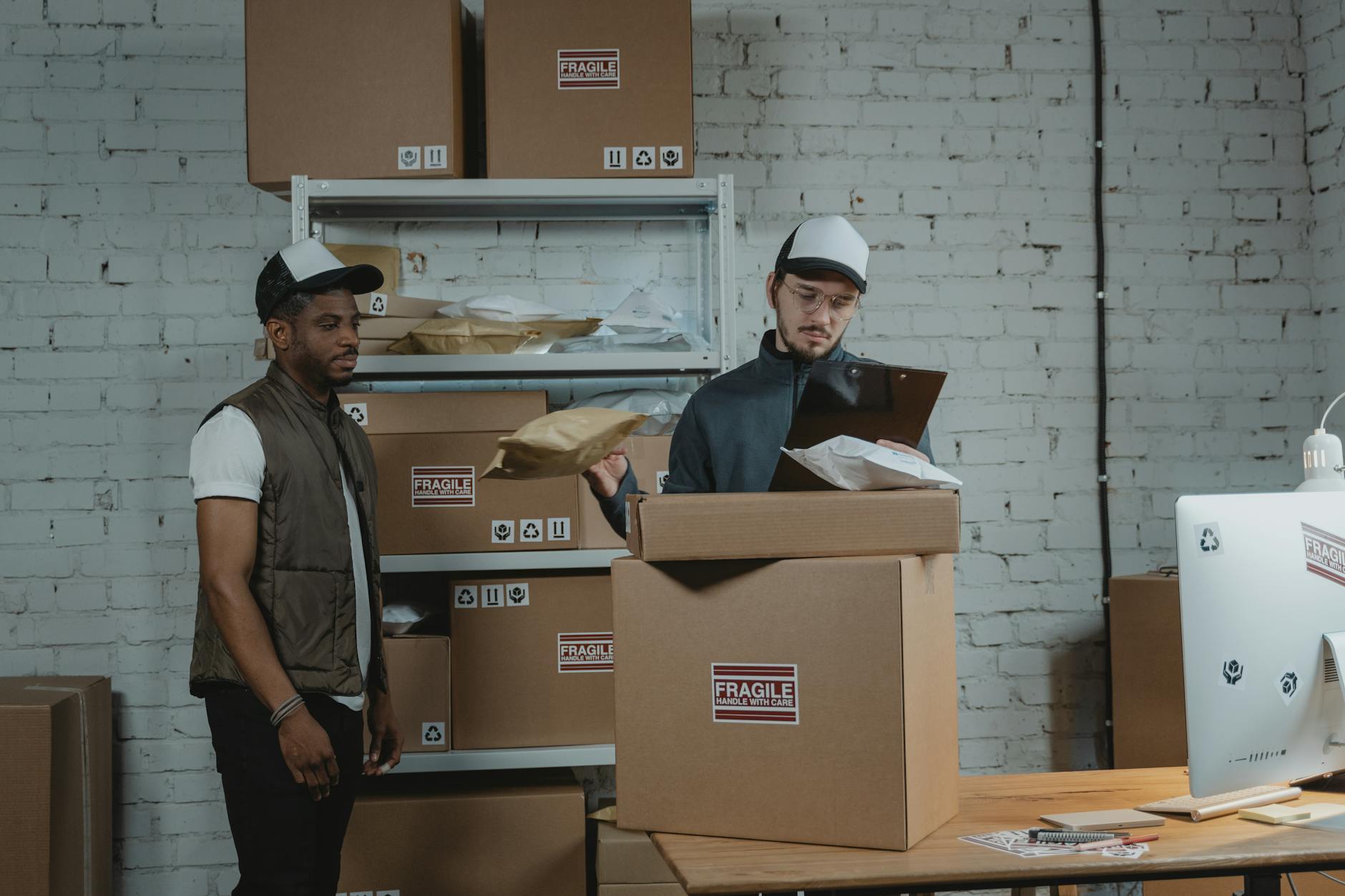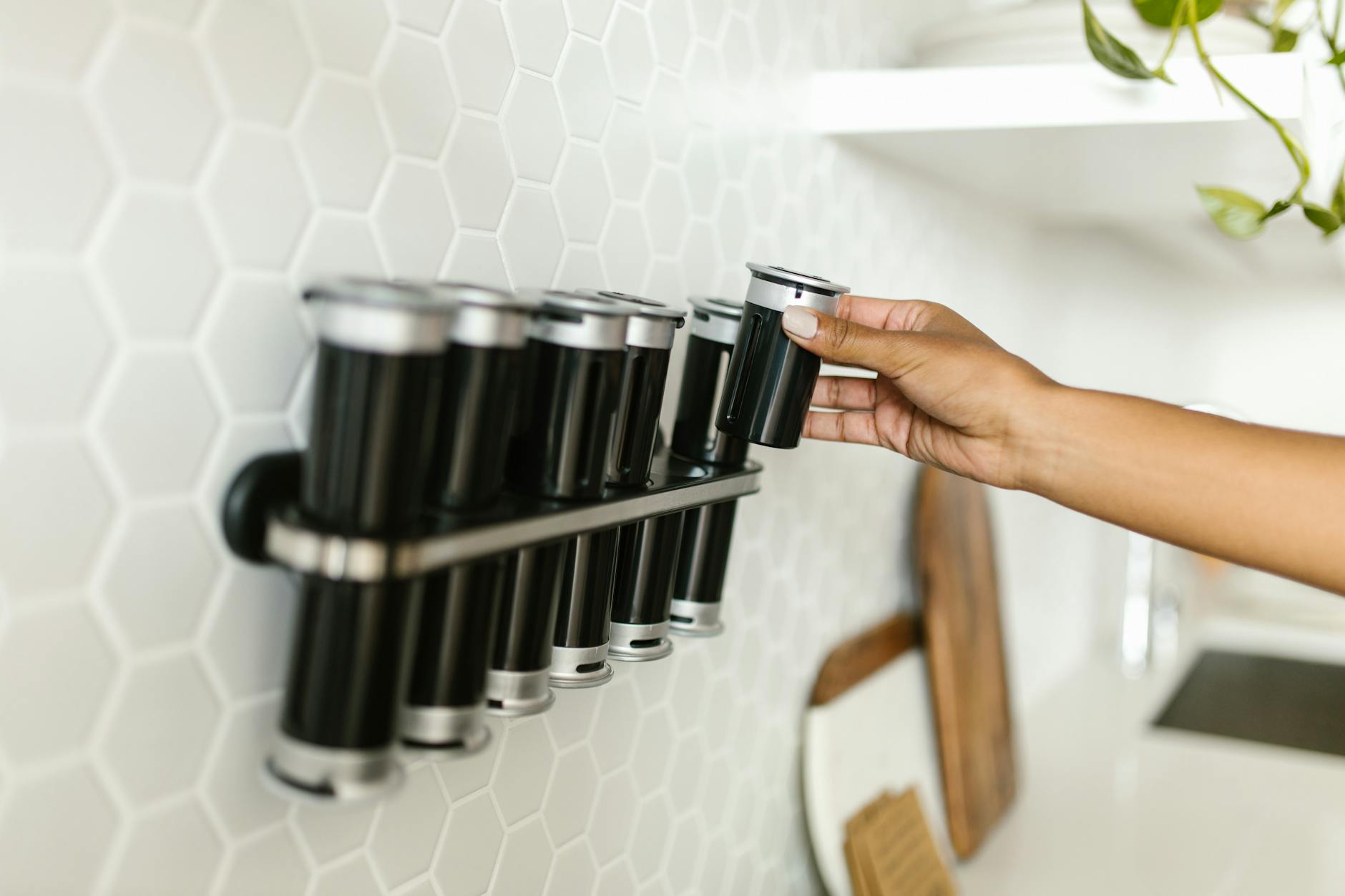- Understanding Container Grades
- Exterior Inspection
- Interior Inspection
- Ventilation and Insulation
- Security Features
- Delivery and Transportation
- Finalizing the Purchase
Title: The Ultimate Shipping Container Inspection Guide: Must-Have Tips for Smart Buyers
Are you in the market for a shipping container to fulfill your storage or transportation needs? Buying a shipping container can be a significant investment, so it’s crucial to conduct a thorough inspection before making a purchase. In this comprehensive guide, we will provide you with essential tips and tricks to help you make an informed decision as a smart buyer.
Understanding Container Grades
When embarking on your shipping container purchasing journey, it’s essential to familiarize yourself with the different container grades available in the market. Containers are typically classified into three main grades: new, used, and refurbished. New containers are in pristine condition and are ideal for long-term investments. Used containers, on the other hand, may show signs of wear and tear but offer a more budget-friendly option. Refurbished containers have been restored to a certain standard, offering a balance between price and quality.
Exterior Inspection
The first step in inspecting a shipping container is to assess its exterior condition. Look for any signs of rust, dents, or holes on the container walls. Ensure that the doors open and close smoothly without any obstructions. Check for intact door seals to prevent water leakage and verify that the container sits level on the ground.
Interior Inspection
Inspecting the interior of the shipping container is just as crucial as examining the exterior. Check for signs of moisture or mold, as these can damage your stored goods. Look out for any protruding nails or sharp edges that could pose a safety hazard. Ensure that the container’s flooring is intact and free from any signs of decay.
Ventilation and Insulation
Proper ventilation and insulation are essential factors to consider when purchasing a shipping container. Adequate ventilation helps prevent moisture buildup, which can lead to rust and mold growth. Insulation is crucial if you plan to store temperature-sensitive items or convert the container into a livable space. Inspect the vents and insulation material to ensure they are in good condition.
Security Features
Security is paramount when it comes to storing valuable items in a shipping container. Check that the container is equipped with sturdy locking mechanisms to prevent unauthorized access. Consider additional security features such as lockboxes or alarms for added protection.
Delivery and Transportation
Before finalizing your purchase, discuss delivery and transportation options with the seller. Ensure that the container can be delivered to your desired location safely and efficiently. Factor in any additional costs associated with delivery and crane services if needed.
Finalizing the Purchase
Once you have completed a thorough inspection and are satisfied with the container’s condition, it’s time to finalize the purchase. Review the sales contract carefully, ensuring that it includes all agreed-upon terms and conditions. Make sure to request a warranty or guarantee for added peace of mind.
In conclusion, conducting a comprehensive inspection is crucial when buying a shipping container. By following the tips outlined in this guide, you can make an informed decision as a smart buyer. Remember to prioritize quality, security, and functionality to ensure that your shipping container meets your needs and expectations. Happy container shopping!


